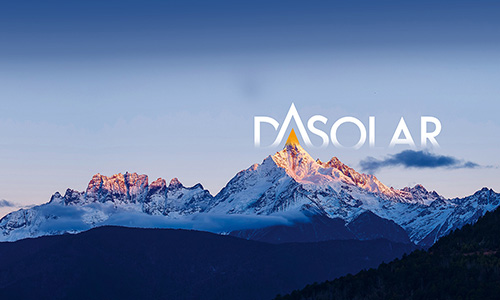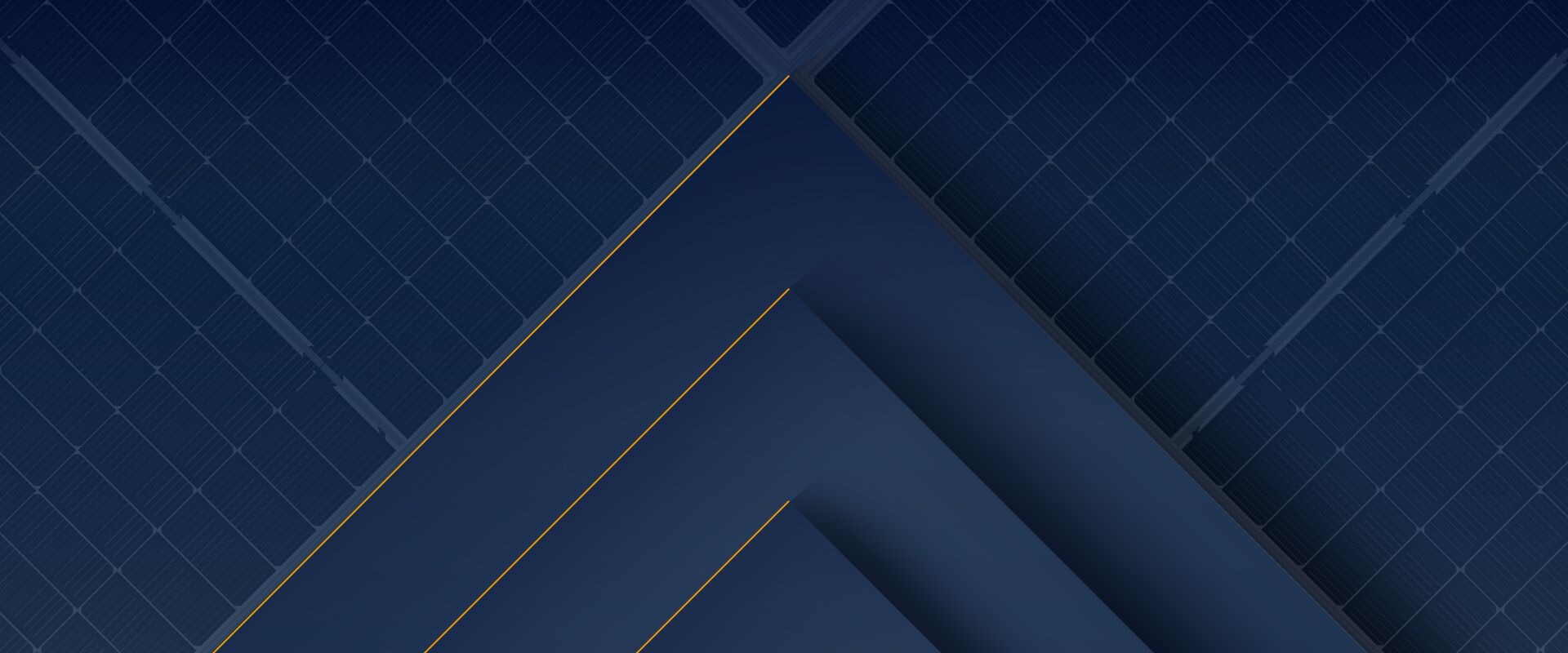DAS Solar Redefines UV Adaptability for N-type Modules
2025-05-13
As the PV industry enters the N-type era, TOPCon cells have quickly become the dominant technology thanks to their high conversion efficiency and low degradation rates. These advantages make them highly suitable for complex deployment scenarios such as plateaus, deserts, and coastal areas. However, prolonged exposure to strong ultraviolet (UV) radiation presents hidden degradation risks that can critically impact the long-term stability and lifespan of PV modules.
Studies show that intense UV exposure can break the hydrogen bonds within the passivation layer of crystalline silicon solar cells, compromising passivation effectiveness and leading to declines in efficiency and performance over time. In response, DAS Solar has developed a comprehensive and customizable UVID mitigation solution, built on its deep expertise in cell architecture and material science. This approach enhances the long-term stability of N-type modules under extreme UV conditions by addressing the challenge from multiple dimensions—cell structure, encapsulation materials, and product integration.
Cell-level Innovation: Building an Internal UV Shield
At the cell level, DAS Solar's R&D team has optimized key parameters of the aluminum oxide and passivation silicon layers, including their refractive index and thickness, based on an in-depth understanding of the passivation mechanisms in N-type TOPCon cells. These optimizations significantly enhance the structural stability and UV resistance of the cell without compromising conversion efficiency, laying a strong foundation for overall module durability.
Module-level Optimization: Engineering an External UV Armor
At the module level, DAS Solar has partnered with leading PV encapsulation material suppliers to jointly develop and refine encapsulation materials. The goal is to ensure optimal light transmittance while improving overall UV resistance. This includes materials that convert harmful shortwave UV into harmless blue light, minimizing UV-induced stress on the cell. Alternatively, some encapsulants are engineered to effectively filter out harmful UV wavelengths, significantly reducing their intensity before they reach the cell. By combining carefully selected materials and formulations, DAS Solar's N-type modules are designed to maintain outstanding environmental adaptability throughout their entire life-cycle.
Rigorous Testing and Control: Closing the UVID Reliability Loop
Backed by its advanced in-house PV laboratory, DAS Solar has developed a comprehensive UVID reliability evaluation system that spans material screening, accelerated aging tests, and production process monitoring. For specific regional applications such as high-altitude or high-UV exposure areas, the company offers scenario-specific UVID mitigation strategies to ensure stable module operation even under extreme environmental conditions.
Thanks to its superior UV resistance and system-level reliability management, DAS Solar's N-type modules recently received its first TÜV Rheinland's UVID certification under the 2 PfG 2944/07.23 standard. This certification not only validates the product's performance in harsh UV environments but also provides confidence for stakeholders in project development, financing, and long-term yield forecasting.
As the integration of PV technology expands across transportation, architecture, and agriculture, module stability and environmental adaptability have become critical. As a pioneer of green innovation, DAS Solar remains committed to advancing materials, optimizing structures, and refining system-level compatibility to continuously evolve its UVID solution. The company is driving the widespread adoption of N-type modules in high-UV, high-temperature, and high-altitude environments, laying a more durable and stable foundation for the global energy transition.






 浙公网安备33080302000236
浙公网安备33080302000236